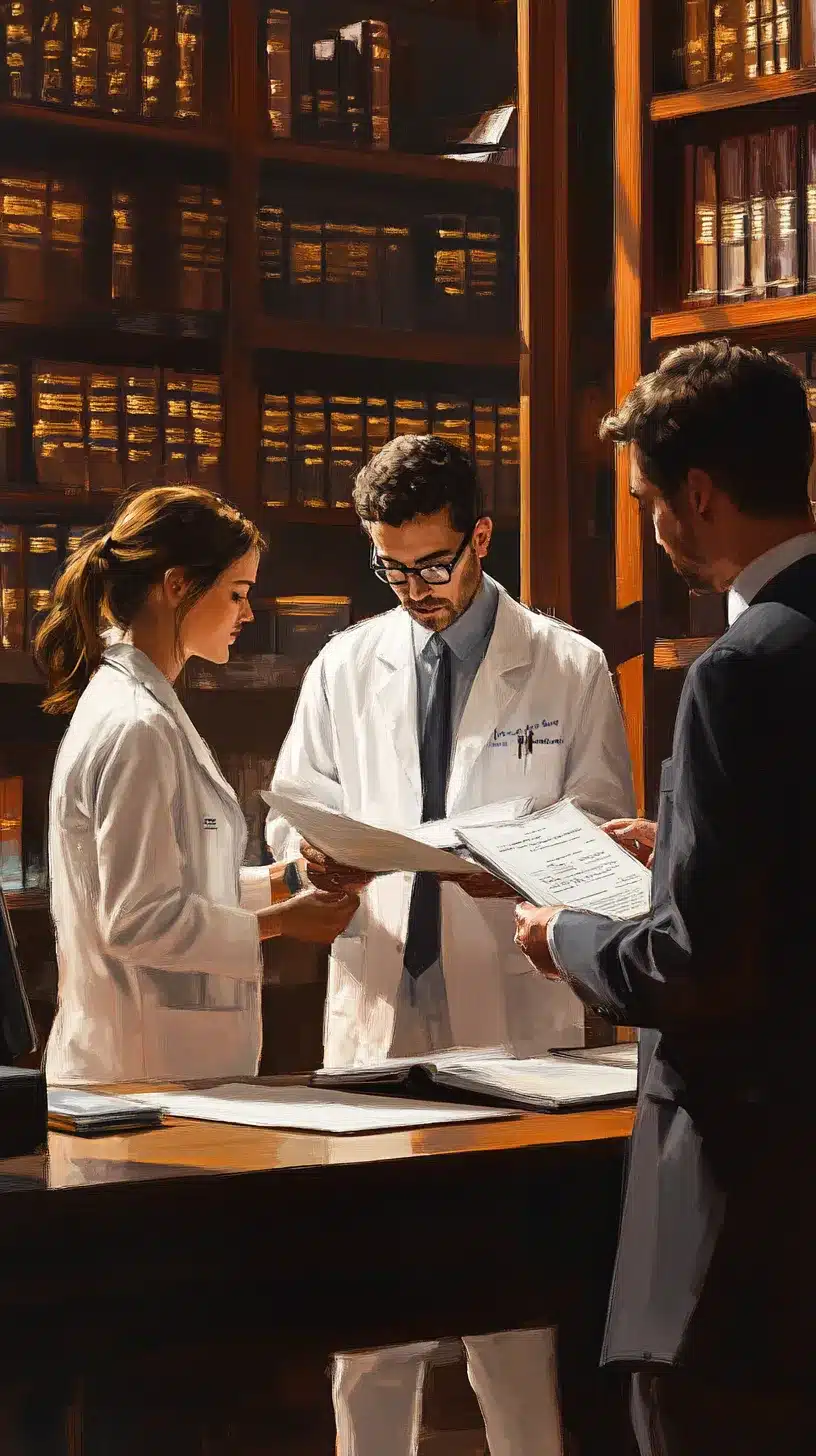Severino v Weller, 2017 NY Slip Op 01325 (1st Dept. 2017)
This is from the dissent which would have granted summary judgment to the doctor and the hospital. The statement of law is interesting and dare I say useful when looking at healthcare professionals’ affirmation:
“Generally, “the opinion of a qualified expert that a plaintiff’s injuries were caused by a deviation from relevant industry standards would preclude a grant of summary judgment in favor [*5]of the defendants” (Diaz v New York Downtown Hosp., 99 NY2d 542, 544 [2002] [internal quotation marks omitted]). However, a plaintiff’s expert’s opinion “must demonstrate the requisite nexus between the malpractice allegedly committed’ and the harm suffered” (Dallas—Stephenson v Waisman, 39 AD3d 303, 307 [1st Dept 2007]). If “the expert’s ultimate assertions are speculative or unsupported by any evidentiary foundation … the opinion should be given no probative force and is insufficient to withstand summary judgment” (Diaz, 99 NY2d at 544; Giampa v Marvin L. Shelton, M.D., P.C., 67 AD3d 439 [1st Dept 2009]). Further, the plaintiff’s expert must address the specific assertions of the defendant’s expert with respect to negligence and causation (see Foster-Sturrup, 95 AD3d at 728-729). Here, the opinions of plaintiffs’ experts, submitted in opposition to defendants’ prima facie showing that the injury sustained by Mr. Severino was the result of an unpredictable and unpreventable respiratory arrest, were based on supposition and hindsight, and were unsupported by the proof, and were therefore insufficient to raise a material issue of fact (see Manuel H. v Landsberger, 138 AD3d 490 [1st Dept 2016], lv denied 28 NY3d 909 [2016]; Foster-Sturrup, 95 AD3d at 728; Fernandez v Moskowitz, 85 AD3d 566, 568 [1st Dept 2011]; Brown v Bauman, 42 AD3d 390, 392 [1st Dept 2007]).”












